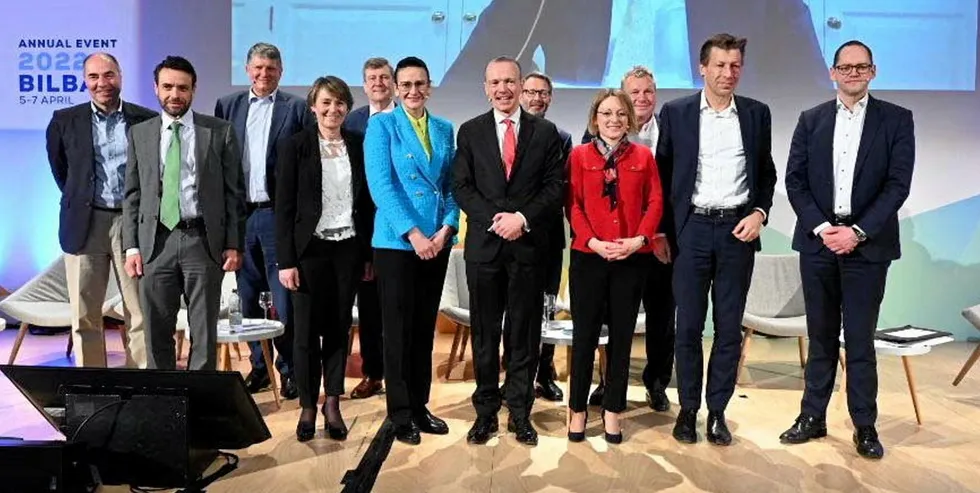Companies, governments and TSOs pledge to fast-forward offshore wind and grids
Russia’s war on Ukraine adds urgency to quicker wind power build-up at sea with visible pipeline of projects and hybrid interconnectors, and removal of regulatory and permitting barriers
